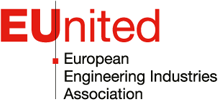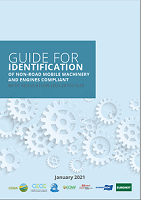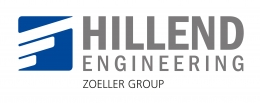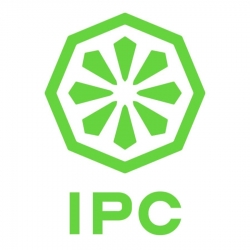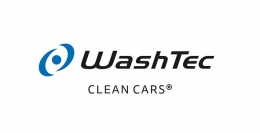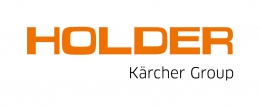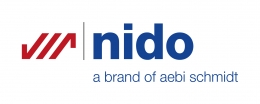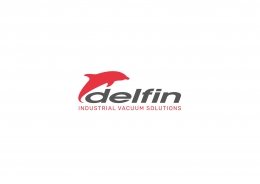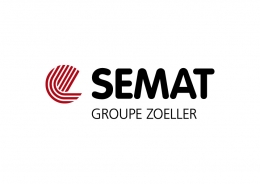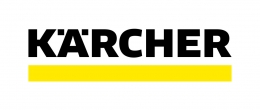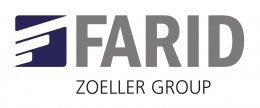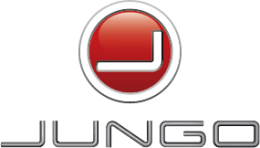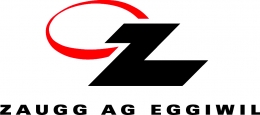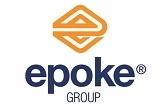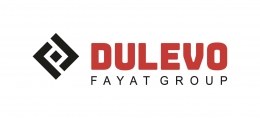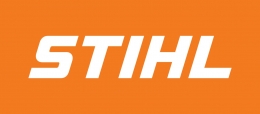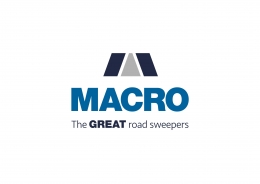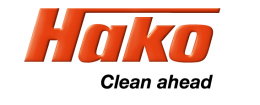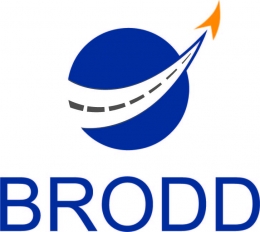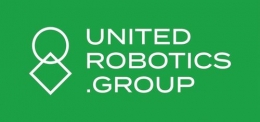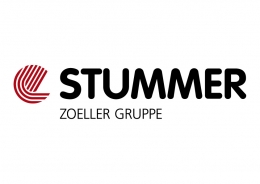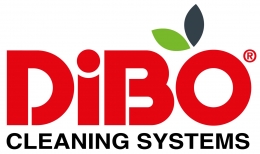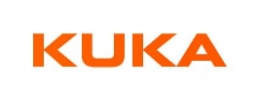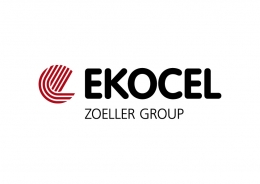
June 2018
Substantial modification of machinery in EU's Machinery Directive
EUnited AISBL disagrees with the French initiative wanting to significantly change the judicial practice with regards to „substantial modification of machinery“. Goal of this initiative is to abolish „substantial modification“ and their legal consequence in form of CE marking of substantially modified machinery, and to remove it from the Machinery Directive. This act would leave modifications of machinery to be subject to occupational health and safety regulations only - and the responsibility of the employer, which may have an impact on the safety of the substantially modified machinery.
EUnited Position Paper
EUnited AISBL, the European Engineering Industries Association, believes that the criteria for substantial modification of machinery and the legal consequences of such substantial modification are clear. Therefore, this paper is submitted to fully explain EUnited's position on the recent debate concerning what constitutes substantial modification, and what rules are to be applied when machinery has undergone substantial modification.
The durable nature of machines means that they may undergo rebuilding or conversion during their service life. Subject to certain conditions, this rebuilding or conversion can lead to substantial modification of the machine. Any rebuilt or converted machinery which has undergone substantial modification is covered by CE marking rules. As a result, the person responsible for undertaking a conversion or rebuilding of a machine must apply the manufacturer’s obligations under the CE marking regulations (for example the Machinery Directive 2006/42/EC or the EMC Directive 2014/30/EU). Such obligations extend to carrying out and documenting conformity assessment procedures of all CE marking regulations that have been applied as well as preparation of the technical file, provision of instructions, issuing the Declaration of Conformity (DoC) and affixing the CE marking itself.
EUnited understands that some stakeholders have said that converted or rebuilt machinery is only covered by regulations covering occupational health and safety in the workplace, which are addressed to employers. EUnited disagrees with this stance because through rebuilding or conversion, under certain conditions, machinery can be substantially modified and is thus covered by CE marking regulations.
The conditions under which rebuilt or converted machinery can be regarded as having undergone substantial modification are documented in the Commission’s Blue Guide. In it, products are considered to have undergone substantial modification if the rebuild or conversion creates new risks and/or increases existing risks. It should be noted that EUnited believes that, in the new guidance to be drafted concerning the application of the Machinery Directive, additional detail should be included as regards criteria for substantial modification.
EUnited is concerned by new questions concerning the legal consequences of substantial modification. In our view, altering long-established practices puts the level of safety at risk. This is due to the fact that substantially modified machinery must correspond to state of the art protective measures which would not be the case in the sole application of occupational health and safety regulations in the workplace. In addition, such is the scale of rebuilding or conversion of machinery in some cases that an entirely new safety analysis is needed, which can only be done by carrying out conformity assessment procedures as required by CE marking regulations.
In conclusion, EUnited believes that long-established practice should be preserved, and that the legal consequences of substantial modification should not be questioned. However, work can usefully be done to clarify further the criteria for substantial modification and its application to machinery in the context of Commission Guidance on the Machinery Directive.
For any questions or further information please contact:
Jethro Schiansky
Executive Director - EUnited AISBL
T +32 27068209
jethro.schiansky@eu-nited.net
Industrious Brussels EU District, Avenue des Arts 6-9, 1210 Brussels, Belgium, +32 490 57 57 65
Transparency Register number: 0289344948-82
